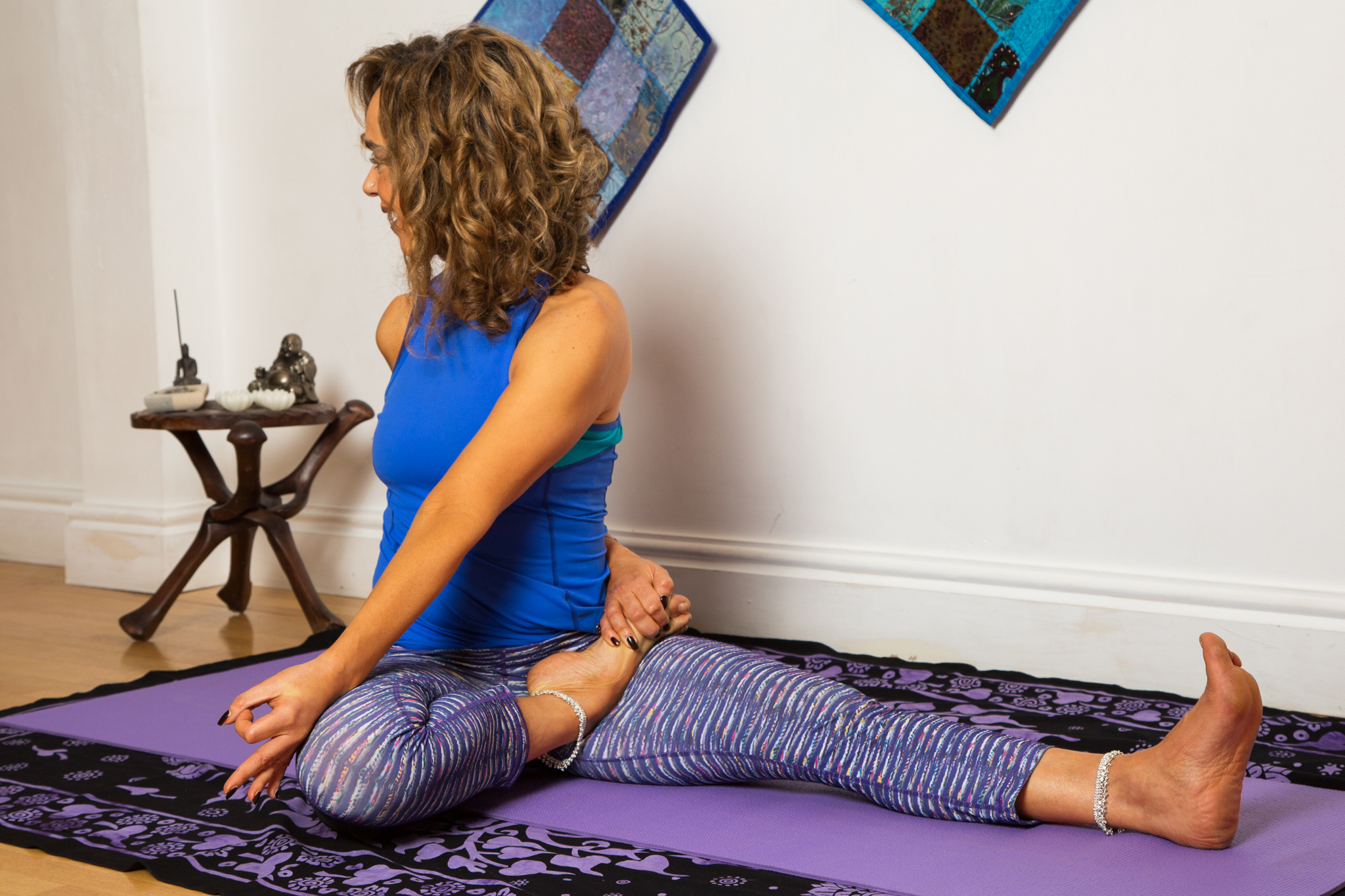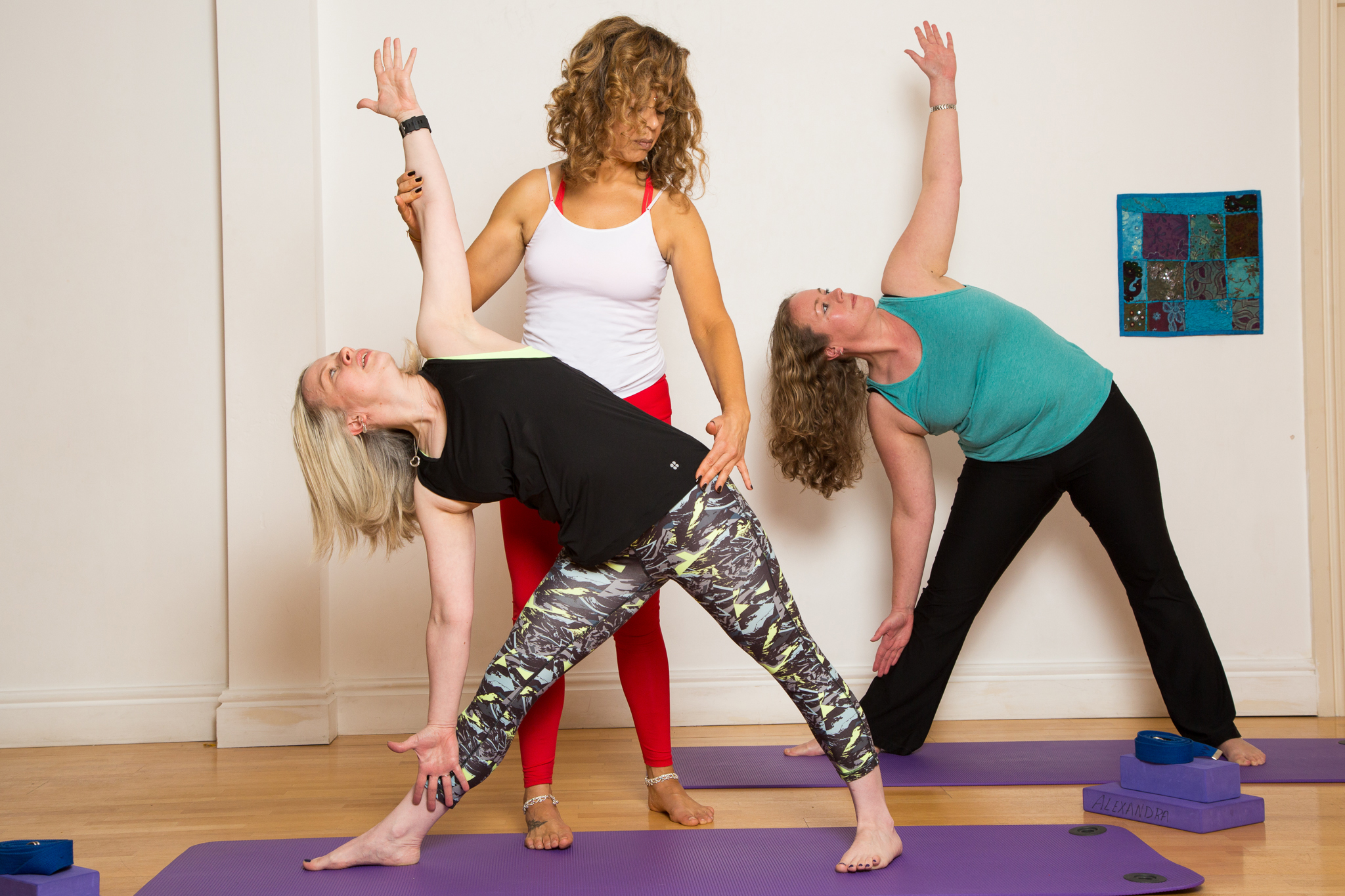- 07786 332695
- namaste@yogabycandlelight.co.uk
There is always good news for yoga scholars and practitioners. One of them is that academics who are yoga practitioners have delved into in-depth studies on Sanskrit texts that bring us closer to India’s rich tradition. The methods of Yoga that predominate in the West are usually systems that are almost entirely focused on asanas and, referring to Hatha Yoga with different names to imply how the techniques of one system or another are carried out. We find a wide range of names, which frequently, and especially for the layperson, cause great consternation.
Thus, traditional Hatha Yoga, Therapeutic Yoga, Ashtanga Yoga, Bikram, Kripalu, Power Yoga, Vinyasa Flow, Yin Yoga, Sivananda Yoga, Amrit Yoga, Iyengar Yoga, and a plethora of other systems are absent.
Hatha Yoga evolved from Tantra Yoga in the history of Yoga. Tantrics centered the practices that lead to Hatha Yoga on the body to achieve enlightenment and develop physical-spiritual connections.
Hatha Yoga, on the other hand, is solely concerned with transforming the physical body through purifying and cultivating the vital energy of prana. And all Hatha Yoga techniques are regarded as the first steps toward achieving the deeper states of meditation and enlightenment found on the Raja Yoga path (meditation).
The Hatha Yoga Pradipika is the most widely used text on the ancient physical practices of Hatha Yoga. Swami Swatamarama wrote this book in the 15th century, based on ancient Sanskrit texts and Swatamarama’s own yoga experiences.
 The primary goal of this text is to illuminate Hatha Yoga’s physical disciplines and practices, as well as their integration with Raja Yoga’s higher spiritual goals.
The primary goal of this text is to illuminate Hatha Yoga’s physical disciplines and practices, as well as their integration with Raja Yoga’s higher spiritual goals.
Swatamarama begins by explaining the relationship between Hatha Yoga and Raja Yoga, stating that Hatha is a prerequisite for Raja Yoga.
He claims that gaining self-control and self-discipline is much easier when we begin with the physical and energetic body, as opposed to Raja Yoga, which tries to control us directly from the mind.
Hatha Yoga did not become popular and widespread in India until the 1920s, thanks to the efforts of T. Krishnamacharya and a few other determined and brave yogis. Krishnamacharya traveled throughout India demonstrating yoga poses alongside other pioneering yogis (his closest disciples included Sri Pattabhi Jois and Sri Iyengar), promoting Hatha Yoga as good medicine and a potential cure for ailments. Many Western and Indian teachers have since become trailblazers in popularizing Hatha Yoga and gaining millions of followers.
Hatha yoga is a traditional practice that aims to unite the body and mind in the present moment. It is an excellent practice for achieving a state of calm and concentration. Yoga has evolved and divided into various streams since its inception in India. Hatha yoga, which combines physical effort and meditation, is one of the most popular disciplines in the world.
“Ha” means “sun,” and “tha” means “moon” in Hatha Yoga. As a result, it is a yoga of opposites and balance. It gives us strength and lightness; it combines expansion and recollection; it gives us energy and calms us. Most modern yoga styles, such as vinyasa, Anusara, and ashtanga, have their roots in Hatha Yoga. It is the most traditional and pure discipline of them all. As a result, when beginning to practice Yoga, it is best, to begin with, Hatha to lay the groundwork.

Hatha Yoga postures
As opposed to gymnastics or sports exercises, asanas are an art form applied to our bodies anatomy. These asanas, or postures as they are colloquially known, tend to normalize the various functions of our body, regulating the respiratory, circulatory, digestive, and even metabolic processes, which affect the functioning of all the glands and organs that comprise our body.
As a result, each of these exercises has an entirely different effect. As a result, Yoga can impact a person’s physical, mental, moral, and spiritual values.
Hatha Yoga movements are smooth, slow, soft, plastic, and relaxed. Hatha yoga practice is always done with awareness, so we must also consider our mind’s importance and active participation to balance our physical, mental, and spiritual states.
Benefits of Hatha Yoga
Who can practice Hatha Yoga
Hatha Yoga is a highly recommended activity for anyone who wants to strengthen and tone their body while also enjoying a general physical and mental balance— advantageous to people of all ages.
Many people who are stressed or have a hectic schedule find peace in meditation, which is effectively practiced during Hatha Yoga sessions. It not only allows you to get in shape but also to feel better inside and out, creating a sense of harmony between your body and mind.
One of the many benefits of Hatha Yoga classes is that no prior preparation is required. Although some postures can be challenging, with practice and improvement in balance and flexibility, we can master them. Even if they are impossible to perform, they can be tailored to each individual, making it a discipline that is not limited by gender, age, or physical condition. And it is precise because of this that it has become so popular.
What does a Hatha Yoga session consist of?
In Hatha yoga class, a moment is dedicated before each session to spiritual preparation and connecting the body with its sacred origin. It is important to remember that competition or comparison with others in Yoga is not encouraged because it is considered an act of ego that impedes spiritual evolution. As a result, the best mental attitude to adopt is to see yourself as part of a universal, creative, and unique whole whose evolution is unique.
The achievement of this goal is to become aware of the present moment and focus solely on the “now” as the only thing that occurs. The past and future are illusions; everything that exists is now and is perfect as it is.
Because the mind and the body are not opposing or separate entities but rather two dimensions of the same being, Hatha Yoga strives to maintain this connection between both elements, even when all effort appears to be physical.
Hatha yoga improves flexibility, stability, steadiness, and mental, physical, spiritual, and emotional harmony. Our inner strength is reborn, our movements become more precise, and our reflexes improve as our mind becomes clearer, calmer, and more secure.
We are here to help
Each other
We are here to heal
We are here to evolve and grow
We are here to hold
Space, Grace, Light
Sacred knowledge and practices passed down from
Our grandmothers, and their grandmothers, and their grandmothers’ grandmothers
As we walk this Sacred journey home, in pure, divine loving light.
Sign up here for our free e-newsletter full of tips, encouragement and updates for my yoga classes, meditations and yoga retreats to help you connect on a deeper level.
View yoga studio locations in Buckinghamshire and Oxfordshire
Website design by www.colourpopdesign.com
Copyright 2024 Yoga by Candlelight
Acceptable Use Policy
Cookie Policy
Covid Terms
Privacy Policy
Refund Policy
Terms of Service